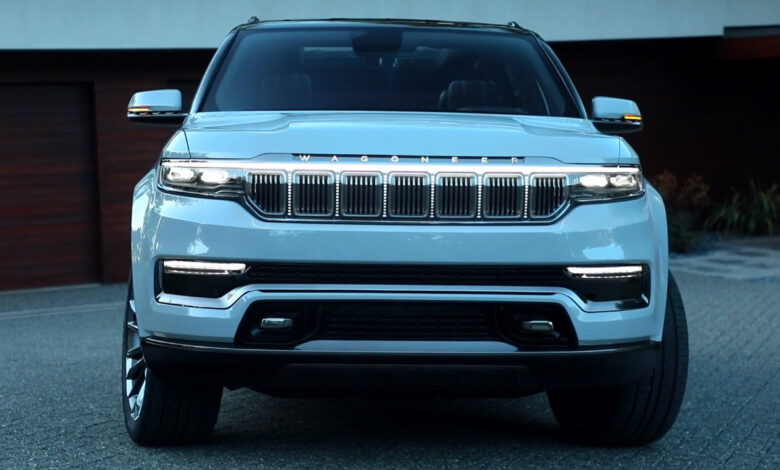
Last week, we discussed that the upcoming Jeep® Wagoneer 4xe and Grand Wagoneer 4xe would more than likely be using the same powertrain underpinning the all-new Ram 1500 Ramcharger extended-range electric pickup, which will make its debut in early 2025. Now, it seems Jeep has officially confirmed that the rumor is true.
At the unveiling of the all-new, all-electric Wagoneer S in New York, Jeep CEO Antonio Filosa confirmed that the Wagoneer and Grand Wagoneer 4xe models would, in fact, utilize the same powertrain based on the Ramcharger. Both Filosa and Jeep Senior Vice President and Head of Jeep® North America, Bill Peffer, noted that the new Wagoneer and Grand Wagoneer 4xe would not use the same specifications as the Ramcharger.
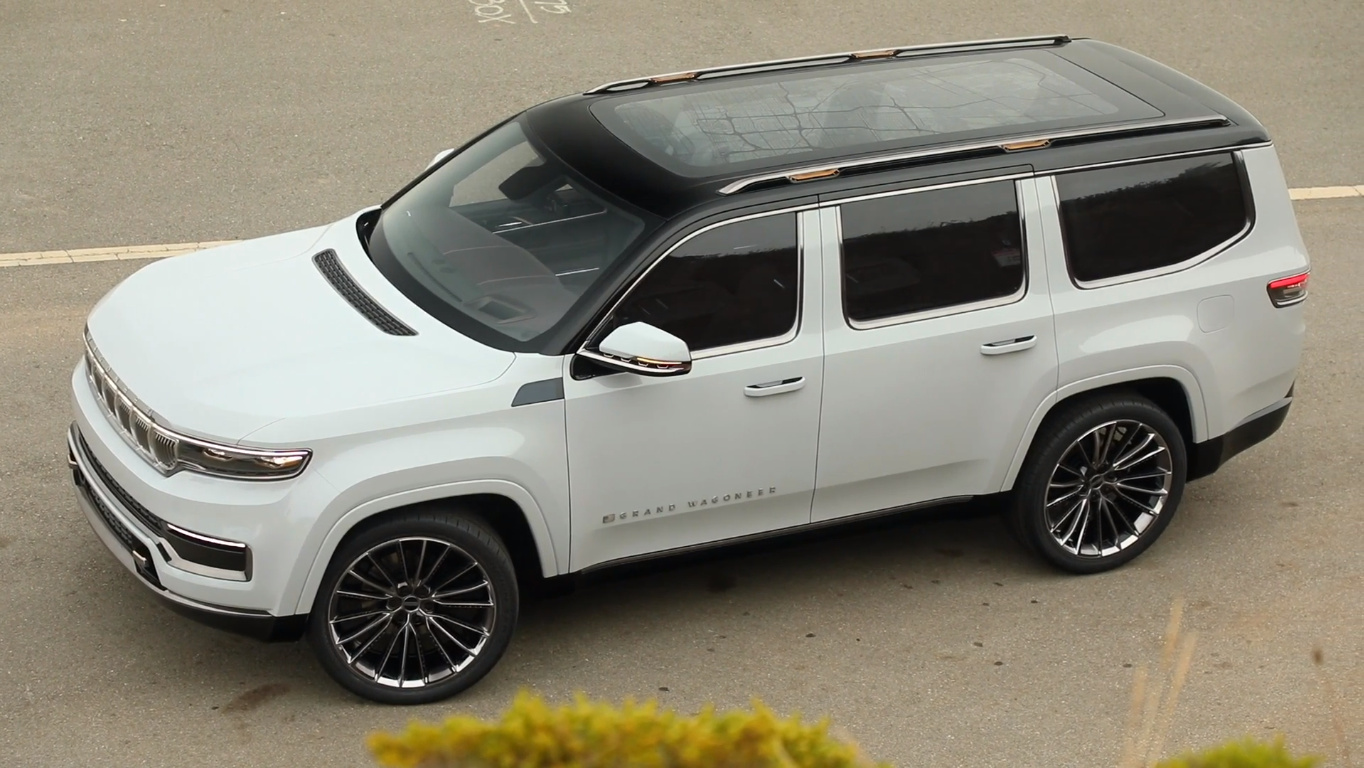
So what does that mean? Simply put, the output of the Wagoneer and Grand Wagoneer 4xe powertrain could differ from the Ramcharger’s 663 horsepower and 615 lb.-ft. of torque. Or maybe Jeep will use a battery pack of a different size, given the length of the STLA Frame architecture under the Ram versus the Wagoneer. The 2025 Ram 1500 Ramcharger will use a 92-kWh battery pack in the first quarter of 2025.
The 2025 Ram 1500 Ramcharger delivers innovative performance with a liquid-cooled 92 kWh battery pack and is paired with a 3.6-liter Pentastar V6 engine on-board 130 kW generator, sending power to a 250-kW front and 238-kW rear EDM. The EDMs combine the motor, gearbox, and inverter with all-wheel-drive capability. The 2025 Ram 1500 Ramcharger features one EDM on the front axle with an automatic wheel-end disconnect that allows the front wheels to spin freely in certain conditions, maximizing efficiency. The second EDM is positioned on the rear axle with an available electronic-locking rear differential.

Power flows sequentially from the 3.6-liter Pentastar V6 engine to the on-board 130-kW generator. The engine generates mechanical power that is converted to electrical power by the generator. The electrical power can be used to charge the battery when the battery is depleted or if the driver wants to preserve the battery power. It can also be applied to the high-voltage bus where the EDMs can use the generator’s and the battery’s electrical power to provide maximum power to the wheels. There is no direct mechanical path from the engine to the wheels.
The 3.6-liter Pentastar V6 engine is adapted to power the onboard generator, with unique packaging to make room for the front EDM. The onboard generator mounts directly to the engine, while a power inverter module mounts on the vehicle and connects to a junction box.

A liquid-cooled 92-kWh battery pack features a design that efficiently incorporates the pack with a pouch cell format in a parallel configuration. The Ramcharger’s battery is positioned under the floor in the truck’s center and maintains a flat floor. Ram offers customers a quick and convenient recharging solution that can add up to 5 miles of all-electric range a minute with 400-volt DC fast charging up to 175 kW.
The Wagoneer and Grand Wagoneer 4xe will use a multi-link independent rear suspension with standard, segment-exclusive, active-level, four-corner air suspension. The adjustable air suspension enables five different modes: Entry/Exit, Aero, Normal, Off-Road 1, and Off-Road 2.
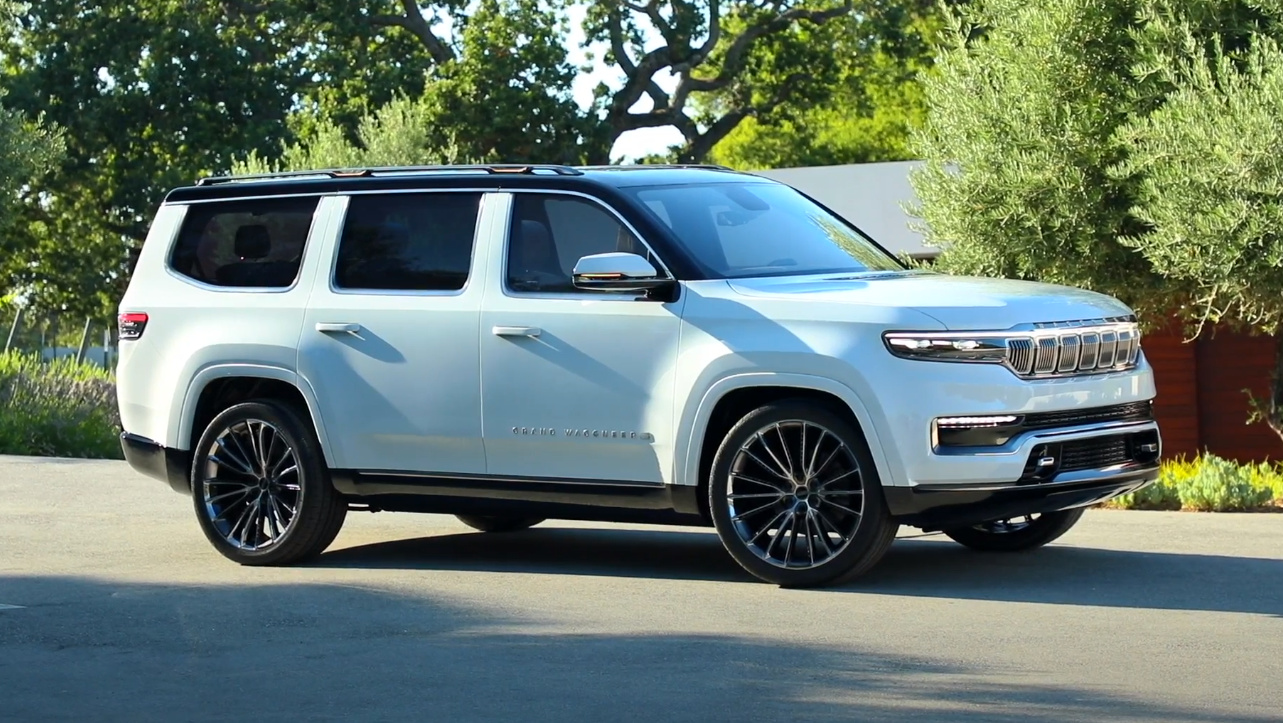
The Ram 1500 Ramcharger has a targeted performance of 0 to 60 mph in 4.4 seconds, a combined range of around 690 miles, a towing capability of up to 14,000 lbs., and a payload of up to 2,625 lbs. The new electrified Wagoneer and Grand Wagoneer 4xe offer a lot of promise. There has been no word on whether Jeep plans to bring an all-electric Wagoneer to market.
The real question is how much both the Wagoneer and Grand Wagoneer 4xe will cost when they arrive sometime next year.

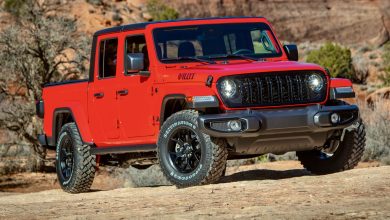
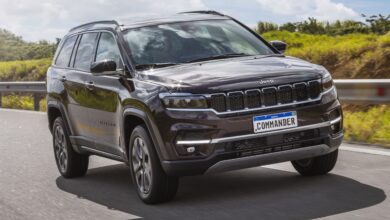
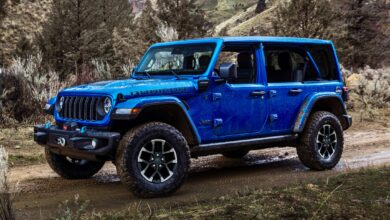
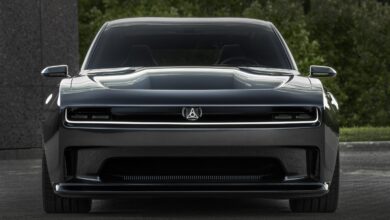

1 reply
Loading new replies...
Join the full discussion at the Mopar Insiders Forum →